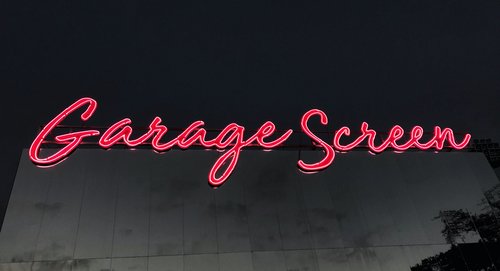With traditional movie theaters closed in many parts of the country due to the pandemic, drive-in movies are all the rage this summer, as people seek socially distant entertainment.
Existing drive-ins are ramping up promotions, while drive-ins are also popping in unexpected places, including the parking lot of a Lowe’s Home Improvement in North Carolina, a farm in Montana, and a fairground in California. Drive-in concerts are also popping up as an alternative to crowded summer concerts. Movies on the water with socially distant boats are also catching on.
Questions to consider as you localize drive-in movies’ comeback
- What challenges do these businesses face? What are the legalities of licensing movies for these types of events? How about contracting performing artists for drive-in concerts?
- How are drive-ins capitalizing on interest while still keeping staff and customers safe? What safety measures are they using for communal bathrooms or concessions?
- What role is technology playing in the resurgence of drive-in movies? Are these businesses using online reservation software so that customers can reserve a spot for their vehicle in advance? Are they promoting upcoming movies on social media? What else has changed from the drive-ins of yesteryear?
- For drive-ins that popped up in response to the pandemic, what were their startup costs? Is this drive-in an offshoot of another business or is it a totally new venture?
Reporter’s Takeaway
A trade association such as the United Drive-In Theatre Owner’s Association (U.D.I.T.O.A.) may be able to provide context on the popularity of drive-in movies. Your local Chamber of Commerce may have connections with local operators.










